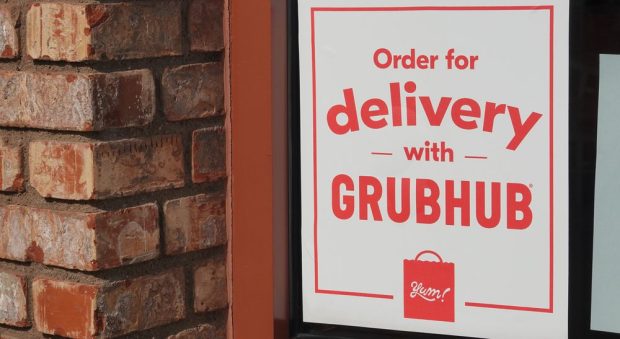Grubhub Says Retaining Restaurant Customers About Data and Rewards

As Grubhub sees it, digitally-minded restaurants need to focus on engagement if they’re going to succeed.
In an interview with PYMNTS, Kate Green, vice president, restaurant services and innovation at the aggregator, spoke to the necessity of focusing on returning customers instead of just new customer acquisition.
“We’ve seen a lot of trends toward what we call the ‘engagement phases’ of a diner lifecycle. So, it’s not just about acquiring that diner, but how you engage with them?” Green said. “Diners expect things like marketing and promotions and campaigns to both entice them to place an order and reward them for being a returning customer.”
She added that, in her conversations with restaurants, she had heard an increasing focus on driving direct ordering to provide those eateries with data about their customers’ habits to get diners to come back.
Merchants have been asking for “access to that data and then the tools to activate it,” Green said, adding that they will be able to “engage more deeply with their diners through marketing, promotions, et cetera.”
Certainly, returning customers are key to restaurants’ success, according to research from the December edition of PYMNTS’ Restaurant Digital Divide study, “The 2022 Restaurant Digital Divide: Turning First-Time Diners Into Loyal Customers.”
The report, which draws from a survey of more than 2,200 U.S. consumers, reveals that 34% of consumers try new restaurants each month. Meanwhile, returning customers are estimated to account for between 83% and 90% of all restaurant orders. Granted, those returning customers may pay less than first-timers — an average of $19.40 per order versus $35.20 respectively — but given that they account for the lion’s share of sales, it is key to maintain their loyalty.
Indeed, looking to the year ahead, Green predicted that there will be a greater focus on driving repeat visits.
“I think you’ll see even more of a turn towards loyalty. I think there’s an expectation from diners — everyone wants to get that deal,” Green said.
Certainly, Grubhub is in an odd place with direct ordering. When sales come via the aggregator’s marketplace, the company retains that customer data. It can build loyalty to the platform rather than to individual merchants, and third-party orders also enable Grubhub to take often significant commissions on the order.
Yet, direct channels generate twice as many restaurant sales as third-party marketplaces, so aggregators must adapt to this demand to touch more restaurant transactions.
Research from PYMNTS’ study “The 2022 Restaurant Digital Divide: Restaurant Apps And Websites In The Spotlight,” which draws from a survey of nearly 2,000 U.S. consumers, finds that 16% of consumers primarily order food via restaurants’ direct ordering channels such as their website or their app. Meanwhile, only half of that share (8%) stated that they mainly order food via third-party aggregator.
Still, Green maintains that aggregators and direct ordering are not in competition.
“What we’ve seen too is that diners are going to make their choice based on where they’re going to want to order, and it’s our job to be able to create the best experiences for those diners and for our restaurant partners, whether that’s on a direct channel or whether that’s on marketplace,” Green said. “So we see them really as more complementary than [as] competing channels.”
